Elizabeth Jane Howard 1923-2014 - novelist
Although Elizabeth Jane Howard (Jane) was brought up in Kensington, she often visited St John’s Wood as a child because her grandfather, composer Sir Arthur Somervell, lived at 105 Clifton Hill, one of the Gothic villas on corner sites on the Eyre estate. There were three bedrooms on the first floor – one was for Gania, one for Mo’s study and a tiny third room in which he slept. On the top floor were 2 small attics in which grandchildren used to stay and one was papered like the sky, with clouds. Each time we stayed we were given a paper seagull to stick wherever we pleased in the sky. There was also a large drawing room, a small dining room leading off it, a cavernous basement and a small square back garden which was sunny although the house was dark inside. Another house she knew well was 8 Grove End Road, (home of artist George Dunlop Leslie in the 1870s), where she went for piano lessons with Harold Craxton. This was a large semi detached house adjacent to Lord’s cricket ground, the sort of house that had rooms opening out of one another, often rather dark in spite of the French windows in most of the ground floor rooms.
Jane’s parents, timber-merchant Major David Liddon Howard MC (1896–1958) and Katharine Margaret (‘Kit’) Somervell (1895–1975), formerly a dancer with Diaghilev’s Ballets Russes, moved into the Clifton Hill house after the death of Sir Arthur. In 1942 Jane married naval officer and war hero Peter Scott, (the son of explorer Robert Falcon Scott and his sculptress wife Kathleen Bruce). Their daughter Nicola was born in 1943 and Jane describes walking home in the black out to the Clifton Hill house where there was no heating except for a gas fire in the nursery and an occasional fire in the drawing room when they could get some coal. The marriage was unhappy and Jane left in 1946, divorcing in 1951.
Beautiful and attractive to men, she was not lucky in love and had numerous affairs with an assortment of people including her stepbrother, rich business men who were never going to leave their wives and various poets and artists, all of which contributed to her feeling of worthlessness. She managed to buy herself a house in Blomfield Road, Little Venice which she shared with her brother Colin (Monkey) and in 1958 she made a disastrous marriage to Australian broadcaster James Douglas Henry which ended in 1963. She then found Adelaide Villa, a five bedroom villa in Maida Vale to share with Monkey and her new husband, author Kingsley Amis, and bought it on a very cheap 13 year lease. This had a double drawing room and a study for Kingsley, and one for herself, and a workroom for Monkey, plus an octagonal conservatory at the back and a 150 ft garden with fruit trees. She furnished it herself from junkshop,s as Amis had no interest in home details provided he had a room and plenty to drink. In 1968 she and Amis moved to Lemmons in Hadley Wood until Kingsley decided he hated living so far from London and they moved back to a house in Flask Walk, Hampstead. Their marriage was on the rocks and they finally split up in1983, after which she moved to Bridge House in Bungay, Suffolk.
The Beautiful Visit (1950), Howard’s first novel, won the John Llewellyn Rhys prize in 1951 for best novel by a writer under 30. Her second, The Long View (1956), describes a marriage in reverse chronology; five further novels followed before she embarked on the Cazalet Chronicle, a family saga about the ways in which English life changed during the war years, particularly for women. The novels draw heavily on Howard’s own life and memories and have many references to St John’s Wood. The first four volumes, The Light Years, Marking Time, Confusion, and Casting Off, were published from 1990 to 1995. The fifth, All Change, was written in just a year and published in 2013; it was her final novel.
The Duchess of Cornwall wrote of the Cazalet chronicles in 2022– if I were sent to a desert island with one book this would be my choice- EJH’s evocative writing, which immediately conjures up the long lost days of rationing, telegrams that brought either great joy or utter devastation and agonising dental care. Every reader will find at least one character with which they can identify in these often underestimated wonderful novels.
Jacqui Graham, a publicist and friend wrote: Jane had an extraordinary gift for creating worlds, not just in her books but in her homes and gardens. Her love of gardening would explain why her gardens were so magical – those drifts of snowdrops the long length of her garden in Bungay and the carpets of cowslips and bluebells on her beloved island in the River Waveney beyond the garden and meadow. But her houses were full of magical treasures, beautiful paintings, drawings by Peter Scott, photos of friends and lovers, wonderful furniture, all effortlessly but artfully arranged.
Amazingly attractive to men, generally the men in her life ignored her intellectual gifts and treated her as a domestic drudge. For some reason , maybe because she felt she never came up to her mother’s expectations, she felt that she was worthless. After marrying Amis, who took not the slightest interest in household management or childcare, she ended up looking after his three teenage children for a large percentage of the time, as well as two artists, Sargy Mann and Terry Raybauld, plus her ill mother, who died in the house in 1972 and her brother Colin. She would be cooking Sunday luncheons for 20 while her husband drank and showed off. She also must have felt her books were underestimated and belittled by the male novelists and critics of her era but the real reason the books are underestimated – let’s be blunt – is that they are by a woman. Until very recently there was a category of books “by women, for women”. This category was unofficial, because indefensible. (Hilary Mantel)
Beautiful and intelligent, Jane surprisingly spent most of her long and eventful existence in a state of desperate unhappiness, forever being let down by people from whom she sought affection and struggling to balance her emotional needs with the peace of mind required to write her books. (Hilary Mantel) In the 18 years of their relationship with Amis she only wrote 5 novels to his 15. But perhaps she is having her revenge now as many of the male novelists lauded in her lifetime are rarely read while her novels are selling in their millions.

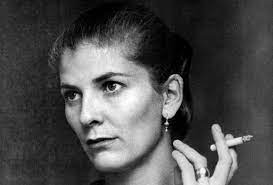
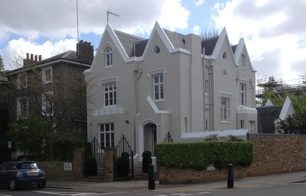
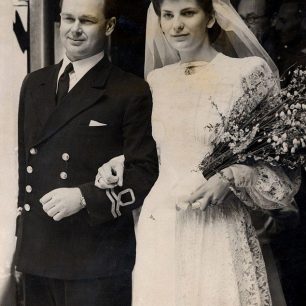
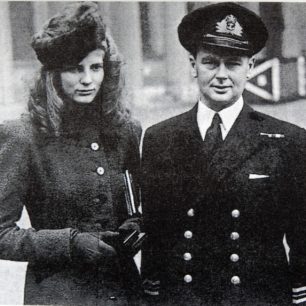
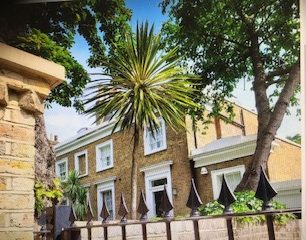
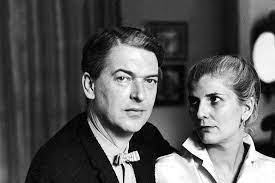
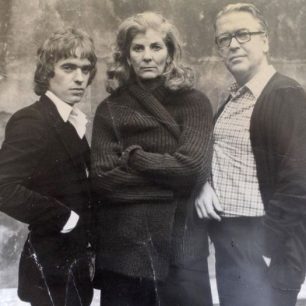



No Comments
Add a comment about this page